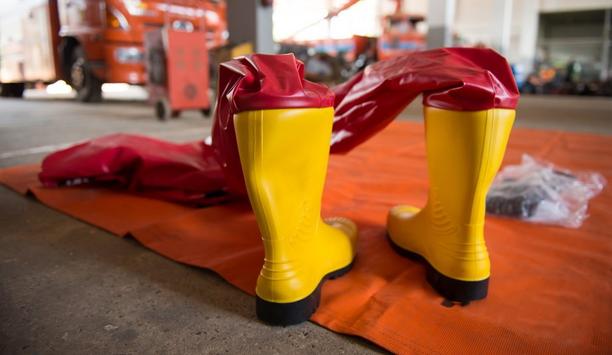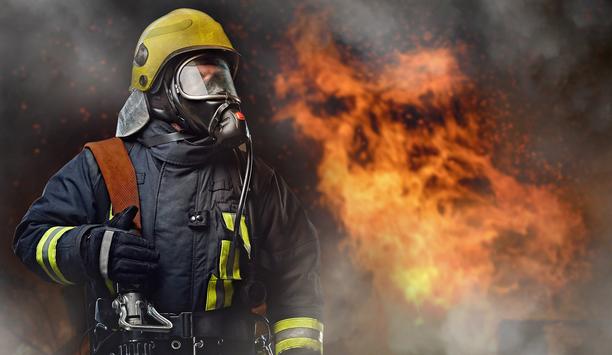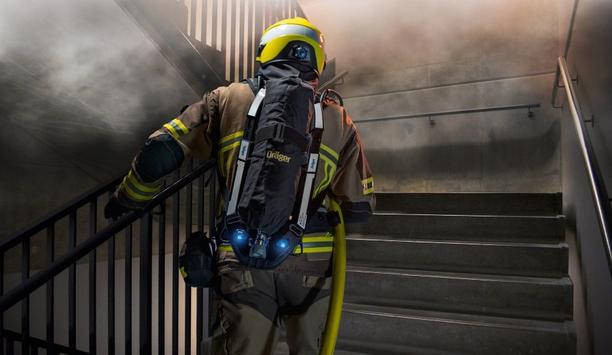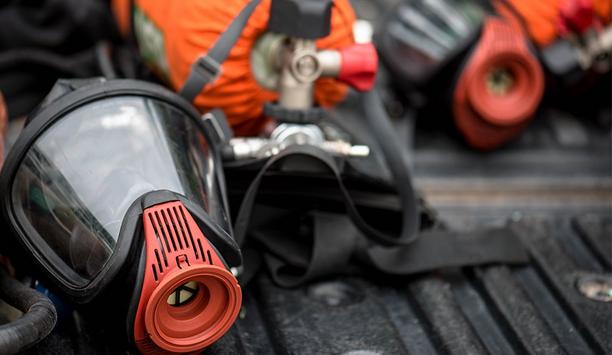Firefighters risk their lives to protect others, but who protects them? Hunter’s Purpose is to be that company. They relentlessly seek to position their products; services and technology with the express purpose of being the No.1 go-to company for Fire Services who want to do the best for their firefighters.
Many people previously did not realize that flames and smoke are not the only threats to firefighter health and safety both during and after battling a blaze, firefighters can be exposed to harmful carcinogens that can have lasting health effects if not handled appropriately. This is now, however, a well-known and accepted fact and indeed the major “hot button” issue for the Fire Service, indeed it can be seen that globally fire services are now demanding better solutions.
Firefighter Carcinogen Exposure
Understanding why firefighters have a higher risk of getting certain types of cancer is an important step toward the prevention
The National Institute for Occupational Safety and Health (NIOSH) conducted a study in 2013 and determined that, as a group, firefighters have higher rates of cancer than the general U.S. population. Although the study showed that firefighters are susceptible to multiple types of cancer, respiratory, digestive, and urinary systems represented the highest percentage. Understanding why firefighters have a higher risk of getting certain types of cancer is an important step toward prevention.
Firefighter carcinogen exposure can occur through multiple points of entry, such as nasal inhalation, absorption through the surfaces of the skin, and through poorly maintained fire or rescue kit. Hunter can provide products and services to help in all of these areas of risk.
Some of the carcinogens that firefighters might be exposed to when battling blazes in different types of buildings include:
- Benzene
- PAHs (polycyclic aromatic hydrocarbons such as naphthalene and benzopyrene)
- PCBs (polychlorinated biphenyls)
- Aldehydes
- Asbestos
- Toxic metal compounds such as arsenic, cadmium, and lead
personal protective equipment
The NIOSH study also found that exposure to asbestos causes higher rates of mesothelioma among firefighters
The NIOSH study also found that exposure to asbestos causes higher rates of mesothelioma among firefighters compared to the general population. Wearing appropriate and well-designed personal protective equipment (RPE and PPE) is a vitally important preventive measure for reducing exposure through inhalation and skin contact.
Well designed and well-made firekit can offer higher levels of protection; sometimes seemingly small details make a larger than expected difference and the staff at Hunter can show the customers how the small details in the products they develop and sell can make a big difference for the firefighters.
exposure to toxic compounds
What about when the firekit becomes contaminated too? After repeated use and exposure to toxic compounds, firekit can become a source of exposure itself, which is why it’s so important to properly clean and decontaminate it. The best practices for minimizing exposure include:
- Purchase the best possible PPE and importantly only purchase care and maintenance from experienced specialist providers (remember PPE must be cared for and maintained in line with manufacturers guidance - this means trained, certified professionals using the approved methods, raw materials, and chemicals).
- Properly wearing PPE and keeping it on through all phases of the fire or rescue incident.
- Removing PPE as soon as safely possible.
- Applying Decon products to the skin or PPE after every exposure at the incident ground.
- Double bagging PPE as soon as possible and changing clothing after removing PPE.
- Sending PPE for routine cleaning if appropriate and for specialist cleaning and full Decon when required (the new BS 8617 provides more detail on this in regards to best practice).
- Remember to Decon hard PPE as comprehensively as soft PPE.
- Decontaminating Firefighter PPE
Incident Ground Decontamination
A Fema Study showed that infrequent cleaning of PPE allowed toxic compounds to accumulate, potentially exposing PPE users to carcinogens through skin contact or (less likely) inhalation. The National Fire Protection Association (NFPA) and Fire Protection Research Foundation formed a task group to identify the best procedures for cleaning PPE that has been contaminated.
The group released an interim report that identifies some of the challenges related to decontaminating fire PPE, namely difficulty identifying and quantifying contaminants and determining the efficacy of decontamination products. Because of the diversity of contaminants found in smoke and building materials, it’s important to use decontamination products and processes that address them all.
portable fire sprayer
D7 can be applied in a number of ways, including as a foam, spray, fog, or soak
Researchers at Baylor University showed that compared to detergent, D7’s unique formulation is more effective at removing contaminants from firefighting PPE. The study examined 20 chemical contaminants that are frequently found on PPE, including PAHs, organophosphate esters (OPEs), and pesticides.
D7 can be applied in a number of ways, including as a foam, spray, fog, or soak. Applying the foam on-site after a fire incident using a portable sprayer can significantly reduce the risk of exposure to contaminants that soak into gear. Following up by laundering the firekit will further reduce the risk of future exposure.
Proactive About Protection
D7 has been tested on a variety of materials, including those used in contemporary firekit, and it has been shown that it will not degrade fabrics or cause them to fade. D7 can also be applied as a fog in ambulances or other appliances and vehicles to neutralize any chemicals that might have been transferred from the fire incident ground during an emergency event. Firefighter carcinogen exposure is a serious issue, and all possible steps should be taken to reduce risks.
Regularly cleaning and decontaminating of fire PPE helps reduce exposure to potentially harmful chemicals. After a grueling fire event, having a product that is easy to apply helps improve compliance and also eases the burden of an already tough job.






